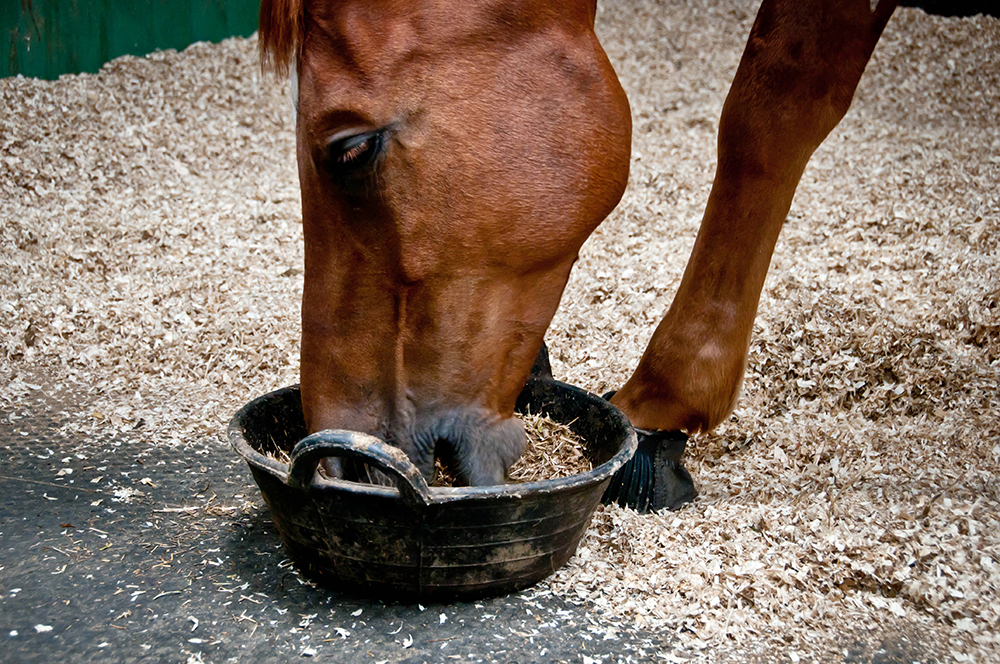Slow hay feeders have become an indispensable tool for horse owners who wish to ensure the well-being of their equine companions. With the increasing awareness of the importance of proper feeding techniques, these feeders offer a solution that aligns with the natural grazing habits of horses.
Understanding how slow hay feeders work and their benefits can empower you to make informed decisions about your horse’s diet. In this article, we will explore the various aspects of these feeders, addressing their advantages, types, and practical considerations for their use.

What are Slow Hay Feeders?
At their core, slow hay feeders are designed to mimic the natural grazing behavior of horses. These feeders regulate the amount of hay a horse can consume at any given time, encouraging longer feeding periods and preventing overeating.
How Do They Work?
Slow hay feeders come with specific designs that allow only a limited amount of hay to be pulled through at a time. This controlled feeding mechanism helps in maintaining a healthy eating pace.
Benefits of Using Slow Hay Feeders
There are numerous advantages to incorporating slow hay feeders into your horse care routine. Here are some key benefits:
Promotes Digestive Health
By slowing down the consumption rate, these feeders help prevent digestive issues such as colic and ulcers, which are common concerns among horse owners.
Reduces Wastage
Since horses pull out smaller amounts of hay, there is less likelihood of hay being scattered and wasted on the ground.
Encourages Natural Behavior
Horses are natural grazers, and slow hay feeders allow them to mimic this behavior throughout the day, keeping them mentally and physically stimulated.
Types of Slow Hay Feeders
There are several types of slow hay feeders available, each offering unique benefits:
Net Feeders
These are nets with small openings that control the amount of hay a horse can pull out. They are versatile and can be hung in various locations.
Box Feeders
Box feeders provide a more stable option, often featuring a lid with holes or grates that limit hay access.
Barrel Feeders
These feeders are cylindrical and can roll around, making them a playful choice for horses who enjoy interacting with objects.
Choosing the Right Slow Hay Feeder
Selecting the appropriate feeder depends on several factors, including the number of horses, feeding location, and specific dietary needs.
Consider the Size
Ensure that the feeder you choose can accommodate the amount of hay you intend to provide, especially if you have multiple horses.
Material and Durability
Look for feeders made of durable materials that can withstand weather conditions and the wear and tear from daily use.
Practical Tips for Using Slow Hay Feeders
Once you have selected a feeder, proper use is essential for maximizing its benefits.
Placement Matters
Position the feeder in a location that is accessible and safe for your horse, avoiding areas where it might cause injury.
Regular Cleaning
Keep the feeder clean to prevent mold and bacteria buildup, ensuring your horse’s health and well-being.
Real-World Examples of Slow Hay Feeders
Many horse owners have shared their positive experiences with slow hay feeders. For example, one owner noticed a significant reduction in their horse’s anxiety levels after switching to a net feeder.
Potential Challenges and Solutions
While slow hay feeders offer many advantages, there can be challenges, such as initial resistance from horses accustomed to traditional feeding.
Introducing the Feeder
Gradually introduce the feeder to your horse, allowing them to become familiar with it over time.
Monitoring Usage
Keep an eye on your horse’s interaction with the feeder to ensure they are adapting well and receiving adequate nutrition.
Conclusion
Incorporating slow hay feeders into your horse care routine can lead to numerous health benefits and happier horses. By choosing the right feeder and implementing it effectively, you can enhance your horse’s quality of life.

FAQs about Slow Hay Feeders
Are slow hay feeders suitable for all horses?
Yes, they can be adjusted to cater to different horse sizes and dietary needs.
How do I clean a slow hay feeder?
Use water and mild soap to clean the feeder regularly, ensuring it is dry before adding new hay.
Can I use slow hay feeders for other animals?
While designed for horses, some feeders may be suitable for other grazing animals, such as goats or sheep.
For more information on horse nutrition, visit this external resource.
This article contains affiliate links. We may earn a commission at no extra cost to you.
